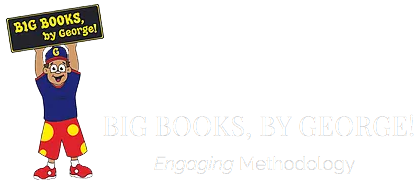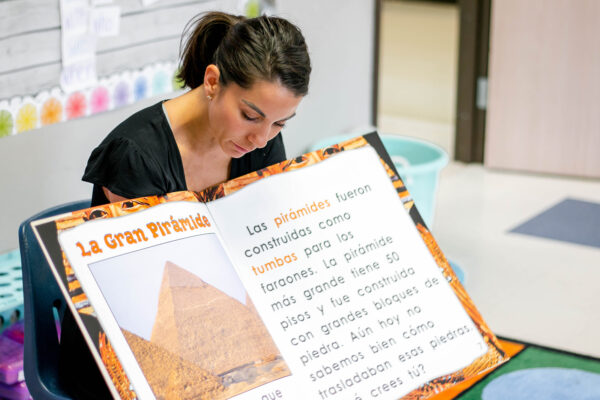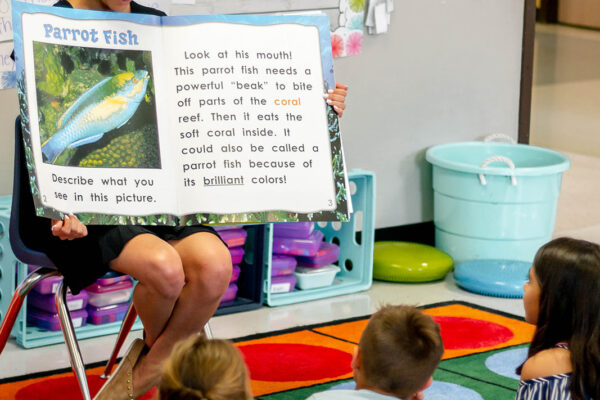Play has been shown to support early learning development. Research indicates that children who participate in play regularly act more appropriately in social settings, and their brains become more adaptable throughout life when engaging in play as a child.
There are also relationships between play and developmental areas, such as mathematics, spatial skills, scientific thinking, and social emotional development. The best learning occurs when children are displaying one of the four core pillars of learning that are taking place, namely: active, engaged, meaningful, and interactive learning in a social context.

What is Guided Play?
Guided play is when there is a fun, flexible, voluntary, and intrinsically motivated environment for learners to focus on a certain subject with a very light adult-guided interaction. It must be child guided, but with an adult present to ensure the play is guided to learning. In fact, the adult functions more as a coach than a teacher.
So, why exactly is guided play so effective? Guided play is an area of learning that provides enhanced discovery. It also provides opportunity for meaningful adult feedback. It can then help students to develop something called proactive control; a function of the prefrontal cortex to perceive data in the environment and apply it to what might be happening next.
(The NAEYC provides a great example of how this might actually look in the classroom!)
Guided Play for English Learners
For English Language Learners, vocabulary is better learned when the activity is meaningful. Guided play is just that in the world of an ELL!
Setting up play for an English Learner is important. If the students have no words at their disposal to play, then they most likely use words with their peers. However, priming the students with vocabulary beforehand will aid greatly. This is easy to do through a story and vocabulary flashcards. Make sure each student has a grasp of the few words necessary to understand each object in play, and then carefully guide them toward using those words in play.
A Simple way to initiate guided play can be done in a few easy steps. This may work best through a center in the classroom.
- Set up a center using relevant materials: think, toy animals, toy people, objects in nature, small household figurines
- Have the book that was previewed before in the center, along with flashcards available for vocabulary reference
- Find a story line that has been weaved into play and encourage that direction. Maybe have 5 main points that the students have identified in the story that can be easily told or expressed through play
- Retell the story. After the students have identified an “ending”, try to summarize the play through the five points, reusing the same play elements originally used for expression.
Play is one of the most natural ways children communicate. “Driven by inborn instincts and drives, children are naturally curious and playful, which enables them to learn and adapt to their environment.” By encouraging their understanding of the world through play, children can be more connected to their peers and teacher.




